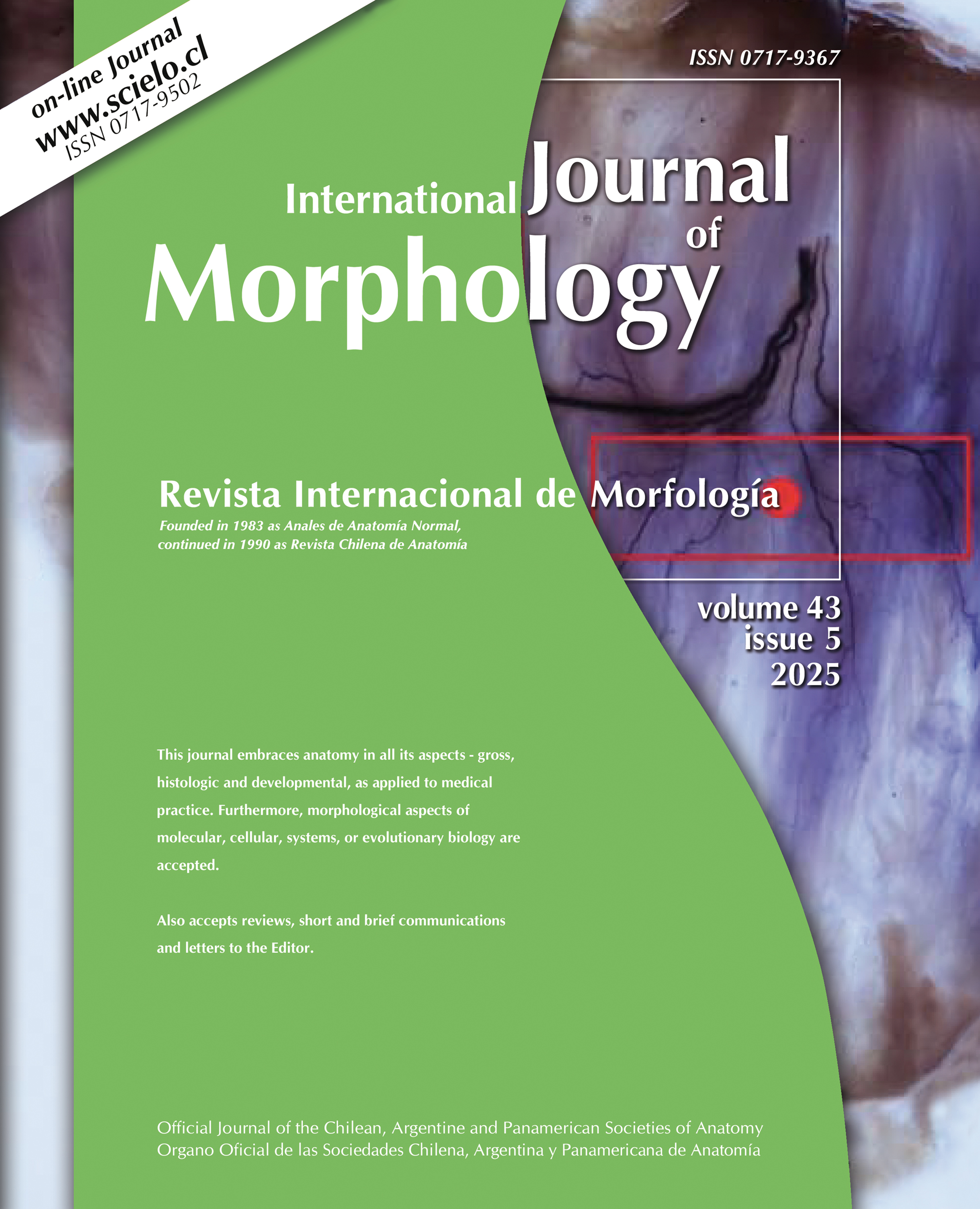Clinical Oral Anatomy in Clinical Dental Practice: A Scoping Review
Davide Gerardi; Francesca Angiolani; Bora Kërpi; Eada Meta; Giuseppe Varvar; Serena Bianchi; Guido Macchiarelli & Sara Bernardi
Summary
Medical and Surgical education and practice rely on the knowledge of clinical anatomy. In the case of the oro-facial region, there are different nervous and vascular structures labeled as “noble”, due to their importance in innervating and supplying organs and tissues involved in the correct oral functions. The purpose of this scoping review is to evaluate and identify the high-risk of anatomical variations in the middle and lower third of the face, according to the current trend in recent literature about this topical research. Four different databases (Pubmed, Google Scholar, Scopus, Web of Science) were screened, to identify articles published from 2014 to 2024. Authors followed the PRISMA for Scoping Review (PRISMA-ScR) guidelines. From a total of 7954 retrieved items, 5 studies were included that investigated the anatomical variations of the mandibular canal, the mandibular incisive canal (MIC), the mandibular lingual foramina, the greater palatine nerve (GPN), the maxillary wisdom teeth, respectively. Considering the middle third of the face, the GPN and the great variability of the relationship of upper third molars with the maxillary sinus could be considered critical anatomical factors. As regards the lower third of the face, the mandibular canal, the mandibular lingual foramina and the MIC emerged as significant structures to be particularly aware of. KEY WORDS: Maxillary bone; Mandible; Oral surgery; Anatomical variations; Vascular structures; Nervous structures.
How to cite this article
GERARDI, D.; ANGIOLANI, F.; KËRPI, B.; META, E.; VARVARA, G.; BIANCHI, S.; MACCHIARELLI, G. & BERNARDI, S. Clinical oral anatomy in clinical dental practice: a scoping review. Int. J. Morphol., 43(2):640-650, 2025.





























